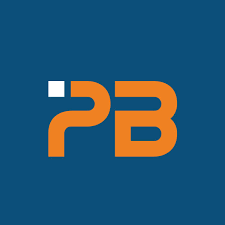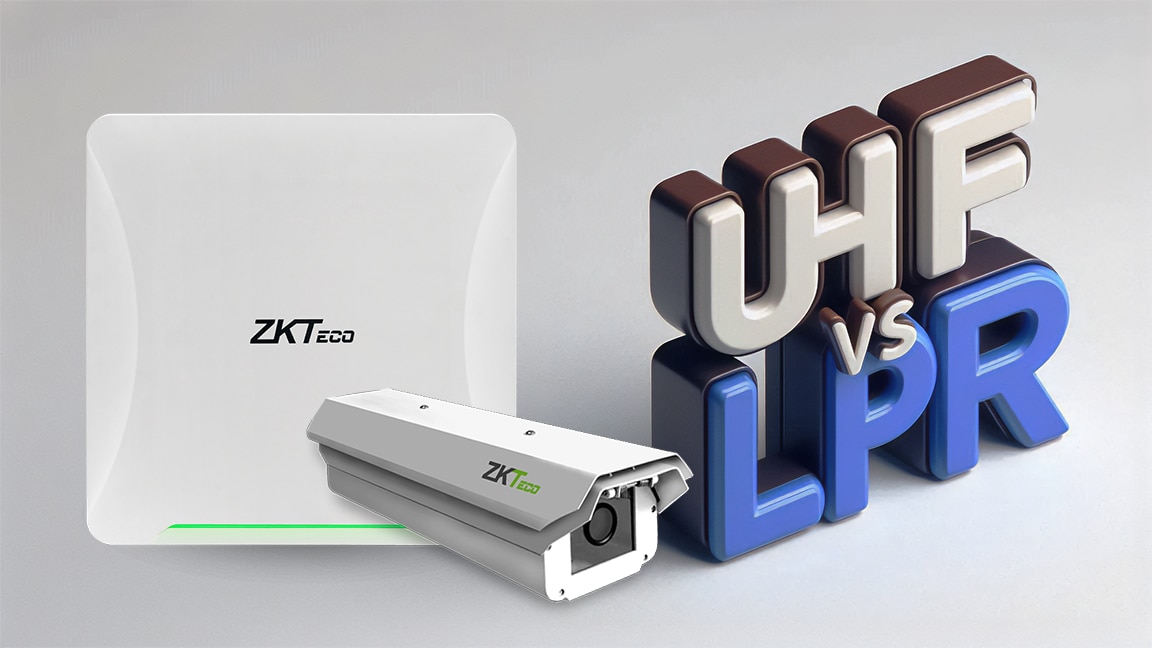
Introduction
In recent years, New Zealand has seen a significant rise in crime rates, prompting both public and private entities to seek enhanced security measures. Among the various solutions available, bollards have emerged as a practical and effective option. This article delves into the rising importance of bollards in New Zealand, exploring their types, benefits, and installation processes, while also highlighting the role of NZTeco, the official ZKTeco distributor and service provider in the region.
Understanding Bollards
They are sturdy, vertical posts installed to control or direct road traffic, prevent ram-raiding attacks, and enhance pedestrian safety. Originally designed for maritime use, they have evolved into essential security and traffic management tools used in various environments.Types of Bollards


Decorative Bollards
Decorative bollards combine aesthetics with functionality. They are designed to blend with the architectural style of an area while providing the necessary security features. These bollards are popular in urban centres and historical sites.
Materials Used in Bollards
Steel
Steel designs are known for their strength and durability, making them suitable for high-security areas. They can withstand significant impact and are often used in traffic management and anti-ram applications.
Concrete
Concrete types are heavy and robust, offering substantial resistance to vehicle impacts. They are often used in critical infrastructure protection and urban settings where both security and aesthetics are important.
Plastic
Plastic versions are lightweight and less durable than their steel and concrete counterparts. They are primarily used for temporary installations and areas where flexibility and ease of installation are prioritized.
Wooden
Wooden designs provide a natural and aesthetic appeal. While not as strong as steel or concrete, they are suitable for parks, pathways, and areas where blending with the environment is essential.
Benefits
Enhanced Security
They act as physical barriers that can prevent unauthorized vehicle access and protect against ram-raiding attacks, significantly enhancing the security of both public and private spaces.
Traffic Control
They help in managing traffic flow, ensuring that vehicles move in a controlled manner. They are essential in creating pedestrian zones, bike lanes, and controlled parking areas.
Aesthetic Appeal
Modern designs are created to complement the surroundings. Decorative barriers add to the visual appeal of public spaces while maintaining their functional integrity.
Protection Against Vehicle Attacks
With the increase in vehicle-based attacks worldwide, they provide a reliable defence mechanism. They can stop or slow down vehicles, reducing the risk of damage and enhancing public safety.
Installation
Planning and Design
The installation requires careful planning and design. Factors such as the purpose, the type of vehicles to be stopped, and the aesthetic requirements must be considered.
Site Preparation
Proper site preparation is crucial for effective installation. This includes surveying the site, marking the installation points, and ensuring the ground is suitable for the bollards.
Installation Process
The installation process varies depending on the type and design chosen. Fixed models are typically embedded in concrete, while retractable and automatic bollards require more complex installations involving mechanical and electrical components.
Bollards in Private Properties
Residential Use
In residential areas, they enhance security by preventing unauthorized vehicle access. They are commonly used in driveways and private roads.
Commercial Use
Commercial properties use them to protect storefronts, loading docks, and entrances. They help manage vehicle access and enhance the overall security of the premises.
Maintenance of Bollards
Regular Inspections
Regular inspections are essential to ensure they remain effective. Checking for damage, rust, or wear can prevent potential failures and maintain security standards.
Cleaning and Repairs
They do require periodic cleaning and repairs to maintain their functionality and appearance. This includes repainting, replacing damaged parts, and ensuring any mechanical components are in working order.
Where Bollards are used in New Zealand
Urban Areas
In urban areas, bollards are used to protect pedestrian zones and enhance the security of public spaces. Auckland and Wellington have implemented bollard systems to safeguard busy streets and popular tourist spots.
Suburban Areas
Suburban areas benefit from them in residential security and traffic management. Installing them in driveways and around community centres can help maintain safety and order.
Rural Areas
In rural areas, they are used to protect critical infrastructure and manage access to private properties. They are essential in preventing unauthorized vehicle entry in farming and industrial zones.
Future Trends in Bollard Design and Technology
Smart Bollards
The future of bollards lies in smart technology. Smart designs can integrate with security systems, providing real-time data and remote control capabilities to enhance security measures.
Sustainable Materials
There is a growing trend towards using sustainable materials in the design and construction. Eco-friendly versions made from recycled materials or renewable resources are becoming increasingly popular.
Conclusion
Bollards are increasingly recognised as a critical component in enhancing security amid rising crime rates in New Zealand. Their versatility, durability, and effectiveness make them suitable for various applications, from public spaces to private properties. As the official ZKTeco distributor and service provider in New Zealand, NZTeco is committed to providing high-quality bollard solutions tailored to the specific needs of the region.













